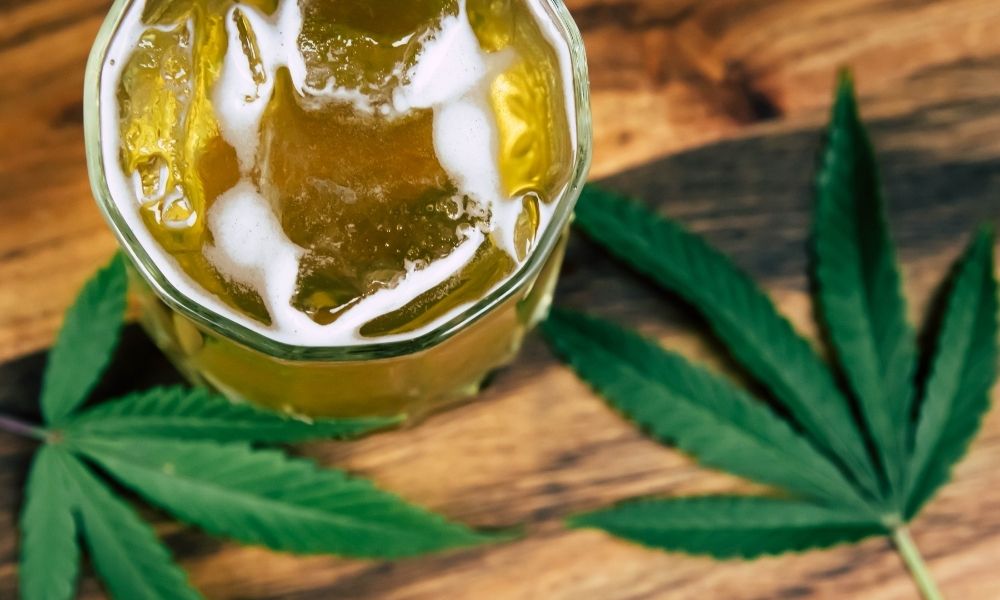For the first time in nearly 30 years, more Americans are reporting daily or near-daily use of marijuana compared to those who drink alcohol at similar levels.

A Landmark Shift in Substance Use
This notable shift is highlighted in a new analysis published Wednesday in the journal “Addiction”. Authored by Jonathan Caulkins, a drug policy researcher from Carnegie Mellon University, the study scrutinized data from the National Survey on Drug Use and Health, which included over 1.6 million participants from nearly 30 surveys conducted between 1979 and 2022. While alcohol consumption remains more widespread overall, the analysis revealed that 2022 marked the first year where daily or near-daily marijuana use surpassed that of alcohol. Specifically, about 17.7 million people reported using marijuana daily or nearly every day, compared to the 14.7 million who reported drinking alcohol at the same frequency.
The Evolution of Marijuana Use
The study traces the evolution of marijuana use, noting that in 1992, fewer than 1 million people used marijuana daily, while 8.9 million consumed alcohol daily. By contrast, more than 40% of marijuana users now consume it daily or nearly every day, a significant increase from the mid-1990s, when only about one-in-six or one in eight users reported such frequent use. This upward trend in marijuana use aligns closely with changes in cannabis policy. The analysis points out that marijuana use has historically declined during periods of greater restriction and surged during times of policy liberalization. This correlation suggests that legislative and regulatory changes have a direct impact on consumption patterns.
Changing Demographics and Consumption Patterns
Interestingly, the analysis also highlights that marijuana is no longer predominantly a young person’s drug. In 2022, individuals aged 35 and older accounted for slightly more days of use than those under 35. The data indicates that 35-49-year-olds consume more marijuana than 26-34-year-olds, who, in turn, use more than the 18-25 age group. Moreover, the 50-and-over demographic now accounts for slightly more days of use than those aged 25 and younger. The study also draws comparisons between marijuana and cigarette use, noting that although marijuana use has increased significantly, it is still not as prevalent as cigarette smoking. In 2022, about 58% of past-month cigarette smokers reported daily use, amounting to over 24 million people.
Federal Changes and Future Implications
This shift in substance use comes at a time when the U.S. federal government is re-evaluating its stance on marijuana. Earlier this month, the U.S. Department of Justice proposed a historic change to reclassify marijuana from a Schedule I drug to a Schedule III drug. Schedule I drugs, such as heroin, are considered highly dangerous and not accepted for medical use. In contrast, Schedule III drugs have a moderate to low potential for physical and psychological dependence, including substances like Tylenol with codeine and anabolic steroids.

While reclassifying marijuana will not legalize it at the federal level, it represents a significant step toward aligning federal and state cannabis laws. As of April, recreational and medical marijuana use is legal in 24 states and the District of Columbia, with another 14 states permitting cannabis for medical use only. Reclassification is expected to facilitate more research and medical use of marijuana, potentially leading to lighter criminal penalties and increased investment in the cannabis sector. This regulatory shift underscores the evolving landscape of marijuana use and its growing acceptance in American society.
